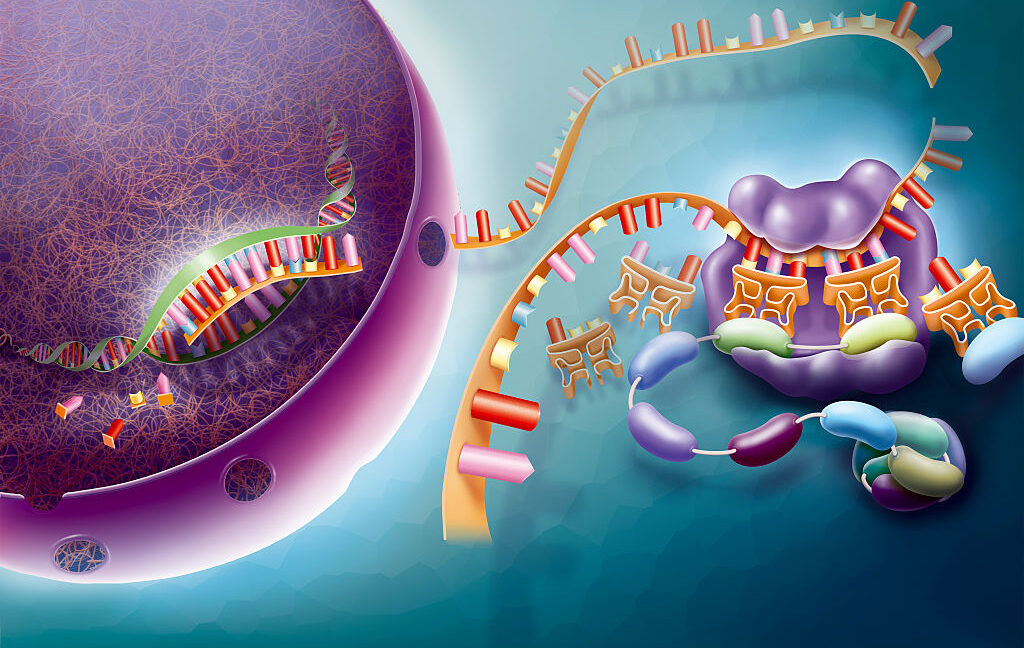Underwhelming performance
The task in this case is predicting how gene activity might change when genes are altered. When an individual gene is lost or activated, it’s possible that the only messenger RNA that is altered is the one made by that gene. But some genes encode proteins that regulate a collection of other genes, in which case you might see changes in the activity of dozens of genes. In other cases, the loss or activation of a gene could affect a cell’s metabolism, resulting in widespread alterations of gene activity.
Things get even more complicated when two genes are involved. In many cases, the genes will do unrelated things, and you get a simple additive effect: the changes caused by the loss of one, plus the changes caused by the loss of others. But if there’s some overlap between the functions, you can get an enhancement of some changes, suppression of others, and other unexpected changes.
To start exploring these effects, researchers have intentionally altered the activity of one or more genes using the CRISPR DNA editing technology, then sequenced every RNA in the cell afterward to see what sorts of changes took place. This approach (termed Perturb-seq) is useful because it can give us a sense of what the altered gene does in a cell. But for Ahlmann-Eltze, Huber, and Anders, it provides the data they need to determine if these foundation models can be trained to predict the ensuing changes in the activity of other genes.
Starting with the foundation models, the researchers conducted additional training using data from an experiment where either one or two genes were activated using CRISPR. This training used the data from 100 individual gene activations and another 62 where two genes were activated. Then, the AI packages were asked to predict the results for another 62 pairs of genes that were activated. For comparison, the researchers also made predictions using two extremely simple models: one that always predicted that nothing would change and a second that always predicted an additive effect (meaning that activating genes A and B would produce the changes caused by activating A plus the changes caused by activating B).

